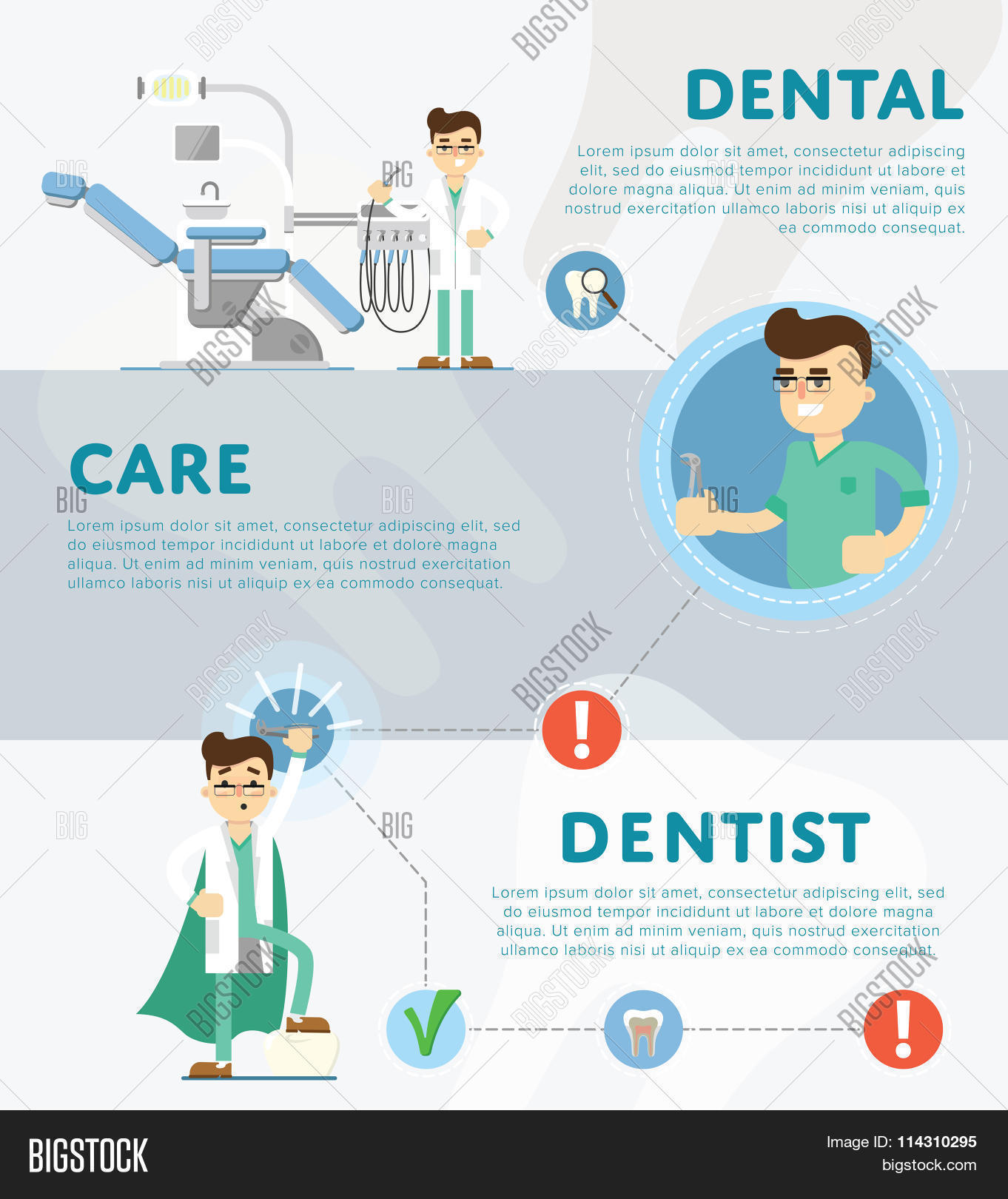Stay All Set For Unexpected Oral Emergency Situations By Having The Ability To Determine The Indicators Of Injury And Knowing When It Is Required To Look For Urgent Clinical Support
Stay All Set For Unexpected Oral Emergency Situations By Having The Ability To Determine The Indicators Of Injury And Knowing When It Is Required To Look For Urgent Clinical Support
Blog Article
Web Content Written By-Montoya Bennetsen
If you feel an unexpected jolt of pain or see a tooth injury, it can be upsetting. Yet just how do you determine if it's an oral emergency situation that requires prompt attention? Comprehending the crucial indicators and understanding when to look for aid can make all the difference in preserving your dental health and wellness. Understanding when to act swiftly could indicate the distinction between a quick fix and more comprehensive therapy.
Common Types of Dental Trauma
What're the usual sorts of oral trauma that you should understand?
Accidents can occur, bring about different kinds of oral injuries. One typical type of dental injury is a split tooth. This can occur from attacking down on something difficult or experiencing a blow to the face.
One more type is a damaged tooth, where a part of the tooth can chip off. Furthermore, you might experience a knocked-out tooth, which can occur throughout sports or falls. It's important to take care of the tooth thoroughly and seek immediate oral interest.
Dental trauma can likewise entail a tooth that has been pushed out of setting or loosened as a result of an injury. This sort of injury calls for punctual treatment to save the tooth.
Last but not least, soft cells injuries in the mouth, such as cuts, can also occur from mishaps. Knowing about these usual types of oral injury can assist you act swiftly and appropriately in case of an emergency situation.
Indicators of Dental Emergency Situations
Recognizing the indications of oral emergency situations is essential for punctual action and proper therapy. If you experience extreme tooth discomfort that's constant and throbbing, it can indicate a hidden issue that requires prompt attention.
Swelling in the gums, face, or jaw can likewise signify a dental emergency situation, especially if it's accompanied by pain or high temperature. Any kind of sort of injury to the mouth leading to a broken, damaged, or knocked-out tooth should be treated as an emergency situation to stop more damages and possible infection.
Hemorrhaging from the mouth that does not quit after applying pressure for a couple of mins is one more red flag that you must look for emergency situation oral treatment. Furthermore, if you observe any type of indications of infection such as pus, a foul taste in your mouth, or a fever, it's vital to see a dental professional as soon as possible.
Overlooking navigate to this website might result in extra significant problems, so it's crucial to act swiftly when confronted with a possible dental emergency.
Relevance of Immediate Treatment
Motivate activity and immediate treatment are essential in addressing dental emergency situations to prevent more complications and guarantee optimal end results for your oral health.
When faced with an oral emergency situation, such as a knocked-out tooth or extreme toothache, looking for immediate therapy can make a considerable difference in saving your tooth and minimizing pain. Delaying therapy can bring about infection, boosted pain, and even long-term damages to your teeth and periodontals.
By looking for emergency situation oral care promptly, you enhance the chances of effective therapy and repair. Dental experts have the essential skills and devices to resolve emergency situations effectively, reducing the risk of lasting consequences.
Additionally, immediate therapy can help manage discomfort and discomfort, enabling you to resume your everyday tasks without diversion.
Final thought
In conclusion, recognizing dental trauma and knowing when to seek emergency treatment is essential for keeping oral health.
By recognizing typical types of oral injuries and the signs of dental emergencies, you can guarantee prompt care to protect against further damages and problems.
Keep in mind, seeking instant treatment can conserve teeth, decrease pain, and raise the chances of successful recuperation.
Do not think twice to seek aid from a dental professional if you experience any indicators of dental trauma.
